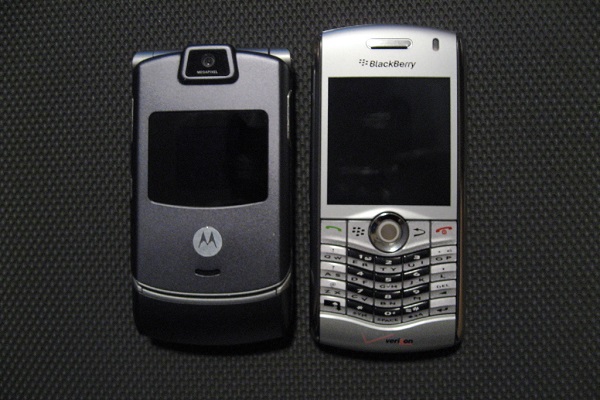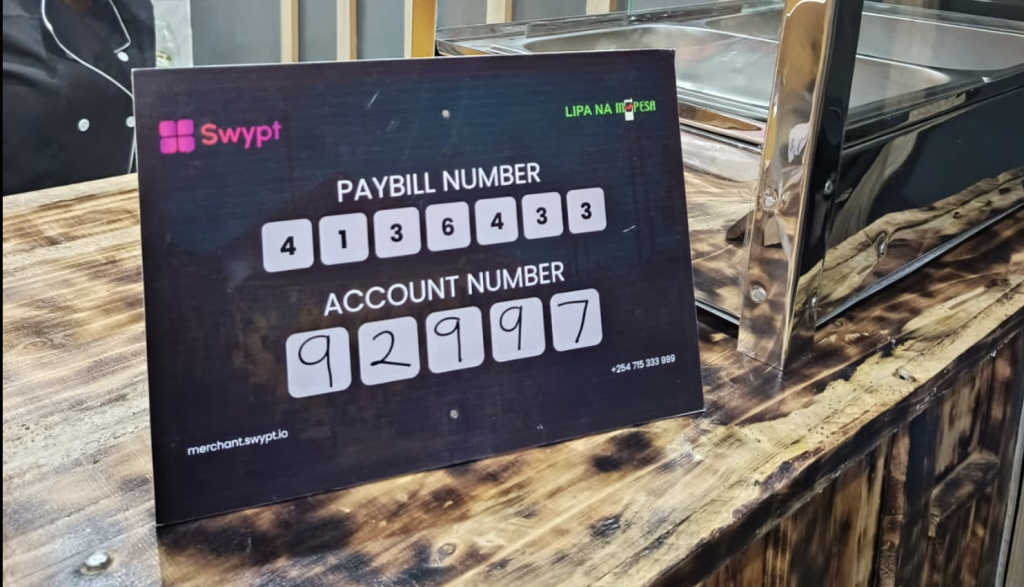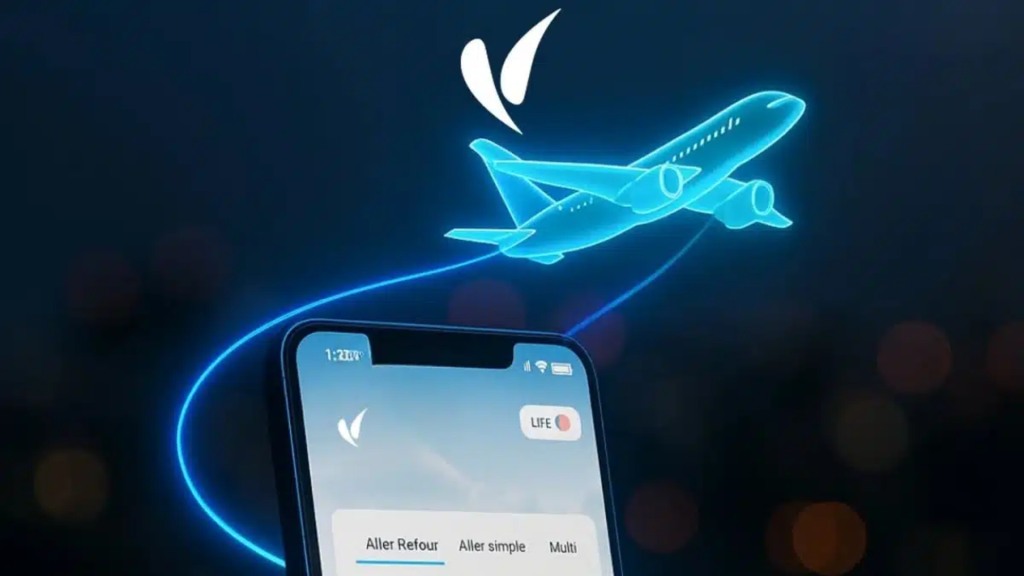Mobile number porting was launched in Nigeria over two years ago (in April 2013) to much media frenzy. Since then, less than 400,000 numbers have “ported” over or switched to other networks (that’s less than 2.8% of mobile users in the country). That’s startling when you consider the budget each telco had for promoting the feature on their network (a reported multi billion naira effort). In fact, the telco with the most spend when it comes to promotional activities (MTN Nigeria) is ironically the one with the most amount of subscribers using the feature to move away from the network. What can we learn from all this?
First, let’s travel back in time, to 2013. April. MTN just launched a viral ad featuring TV celebrity Saka.
Here’s the video, just for context sake. Plus the jingle is still catchy.
Seen? Good.
Ads are meant to achieve certain things – tug at the heart strings to elicit an emotional connection with the brand and persuade the viewer to try out the product. But if the feature is new to your target audience, your ad also needs to explain what the product actually is, probably by demonstrating it in some creative way.
That Saka ad did not do that. Yeah I know, everyone’s a critic. But hear me out on this one.
The release and resulting popularity of this ad set the telcos on a tangent course, derailing them from the real purpose of the marketing campaign which was to craft a message explaining the porting feature and its benefits. Eventually, each mobile service provider released ads that tried to upend the others with smart ass innuendos (reminiscent of the Samsung/Apple fights).
This wasn’t the only reason the porting campaign failed though.
The other reason, and perhaps more significant, was that the feature just didn’t arrive at the right time. In fact, I think it was about a decade too late.
Ideally, this feature would have released maybe a year or two, three tops, after the first GSM networks launched in Nigeria. But it didn’t.
Nigerians experienced iffy network services periodically and eventually it just made sense to be on more than just the one network. This pain point matured around the time cheaper phones that could take two to three sim cards flooded the market. And each time a Nigerian bought such phones, one more nail was driven into the mobile number porting coffin.
By the time mobile number porting was introduced in 2013, it was dead on arrival.
I’m guessing, that in Marketing Communications classes around the country, when the topic “Reasons why marketing fails” is being taught, this mobile number porting saga will be a case study.











